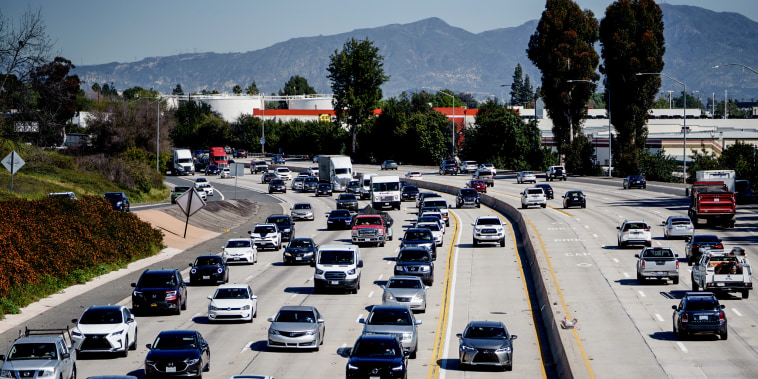As the global economy experiences significant inflationary pressures, one factor that has flown somewhat under the radar in contributing to rising prices is the cost of auto insurance. Auto insurance prices have been steadily increasing in recent years, fueled by a combination of factors ranging from rising vehicle repair costs to changing demographics and increased risks associated with modern driving habits.
The inflationary impact of rising auto insurance prices is multi-faceted, affecting not only individual consumers but also businesses, insurance companies, and the broader economy. Drivers are feeling the pinch as insurance premiums eat into their disposable income, making it more expensive to own and operate a vehicle. For businesses that rely on fleets of vehicles, the rising cost of insurance can significantly impact their bottom line, leading to difficult decisions around budgeting and operational expenses.
One of the key drivers of increasing auto insurance prices is the escalating cost of vehicle repairs. Modern cars are equipped with advanced technology and safety features, which can make them more expensive to repair in the event of an accident. Additionally, the complexity of newer vehicles means that even minor fender benders can result in costly repairs, driving up insurance claim payouts and, consequently, premiums.
Another factor contributing to the rise in auto insurance prices is the changing demographics of drivers. With an aging population and more older drivers on the road, insurance companies may face higher risks and increased claims related to age-related impairments or health issues. At the same time, younger drivers, who statistically pose a higher risk of accidents, may also be facing higher insurance premiums, further driving up overall costs in the industry.
Moreover, the prevalence of distracted driving, impaired driving, and other risky behaviors on the road has added to the complexity and cost of insuring drivers. As insurance companies strive to mitigate these risks and cover potential liabilities, they may need to adjust their pricing models, leading to higher premiums for all drivers, regardless of their individual driving habits.
In conclusion, the impact of rising auto insurance prices on inflation is a significant but often overlooked aspect of the broader economic landscape. As insurance costs continue to climb, consumers, businesses, and insurers themselves will need to navigate a complex and evolving landscape of risks and challenges. Finding ways to manage and mitigate these rising costs will be crucial for ensuring a stable and sustainable auto insurance market in the years to come.

